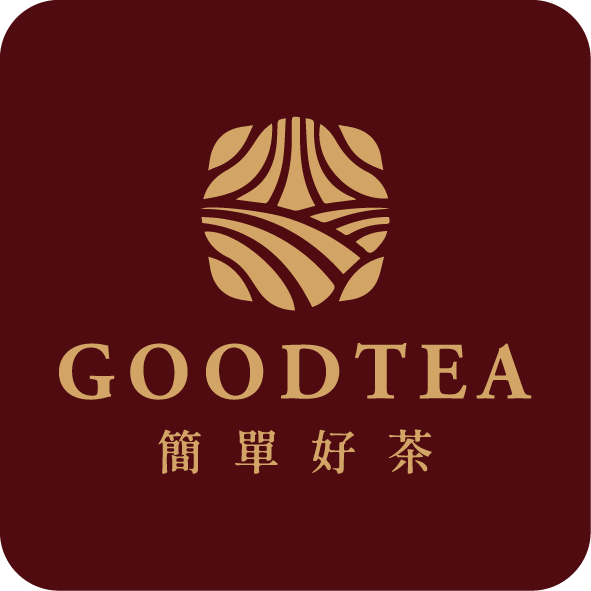Who is Dongfang Meiren?
Dongfang Meiren refers to tea that produces a honey-like fragrance after being bitten by the tea green leafhopper. The tea green leafhopper is also known as the white-eye, floating dust. Besides the name Dongfang Meiren (Emei Township), it is also known by different names such as Pengfeng Tea (Beipu Township), Five-color Tea, Champagne Oolong, and Fanzhuang Oolong. The name Dongfang Meiren originated from the legend that when the Queen of England brewed this tea, the tea buds in the teapot resembled graceful dancers in the water, hence the name Dongfang Meiren.


Good Tea from the Hakka People.
The picking environment of Dongfang Meiren is unbearable for ordinary people. The production area is located in the Hakka regions of Taoyuan, Hsinchu, and Miaoli. During production, one must endure high temperatures, humidity, small black mosquitoes, bees, and various environmental adversities. There was a friend who volunteered to sign up for tea picking, but the tea farmer replied, “You don`t need to pick first. I`ll give you a chair to sit under the tree. If you can sit all day, I`ll give you two thousand dollars.” Itchy, hot, humid, and sticky—these are the physiological responses to producing Dongfang Meiren.

The source of the honey aroma in Dongfang Meiren tea is the production of jasmonic acid (JA), which serves as a distress signal for plant defense, generating both internal and external effects. Internally, when caterpillars ingest jasmonic acid, it affects their digestive system, hindering their growth. Externally, it attracts natural enemies such as the white-spotted wax spider (Evarcha albaria), signaling to neighboring tea trees about the invasion of external threats, prompting them to prepare for defense. Additionally, Dongfang Meiren tea leaves are typically smaller, as the plant allocates most of its resources to fend off external threats, leaving little surplus energy for growth. As a result, the yield of tea leaves harvested is usually only around 20%.

The reason why only the small green leafhopper bite produces honey aroma lies in two factors: the unique shape of the small green leafhopper`s mouthparts (mechanical force) and the secretion in its mouth (plant`s internal antigen response). This also explains why biting by other insects or poking the leaves with a needle does not produce the honey aroma.
To brew Dongfang Meiren tea, there are two methods: hot brewing and cold brewing. For hot brewing, it`s best to use glass or ceramic teaware. The key is water temperature. Allow boiling water to cool for about 1 minute at room temperature before brewing, then steep for about 30 seconds to 1 minute, using about one-third of the teapot`s volume of tea leaves. For cold brewing, use a ratio of 1g of tea to 100ml of cold water. Place it in the refrigerator and let it steep for 4 hours before enjoying. Cold-brewed Dongfang Meiren tea offers remarkable flavors, including green fruit honey aroma, rose fragrance, and lime rose fragrance. It`s an excellent refreshing drink for summer.
When sharing the honey aroma with friends in English, it`s better to use “Muscatel” to describe it, which is more suitable than “Honey.” You can try using “Muscatel” to appreciate the aroma, just like experiencing muscat grapes.







Leave a reply